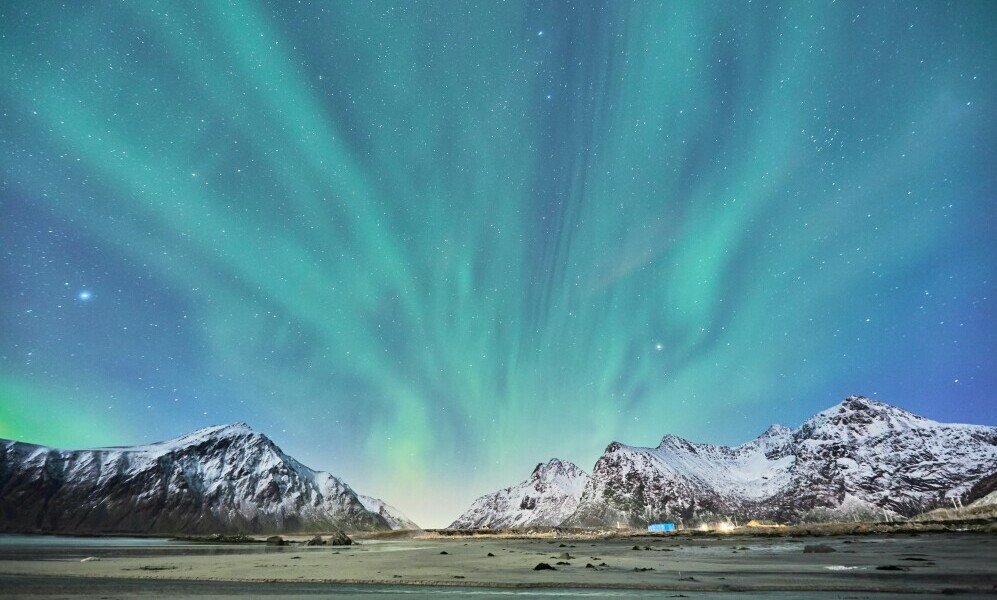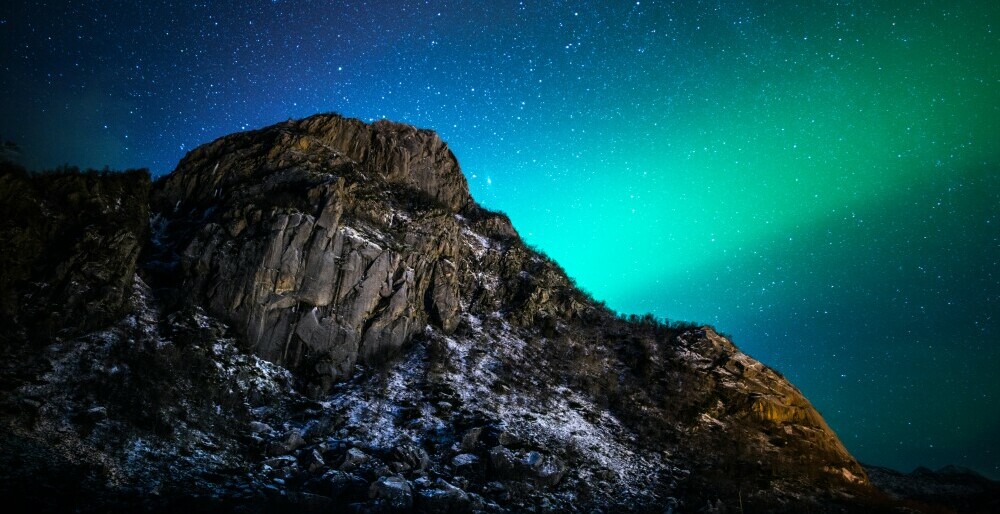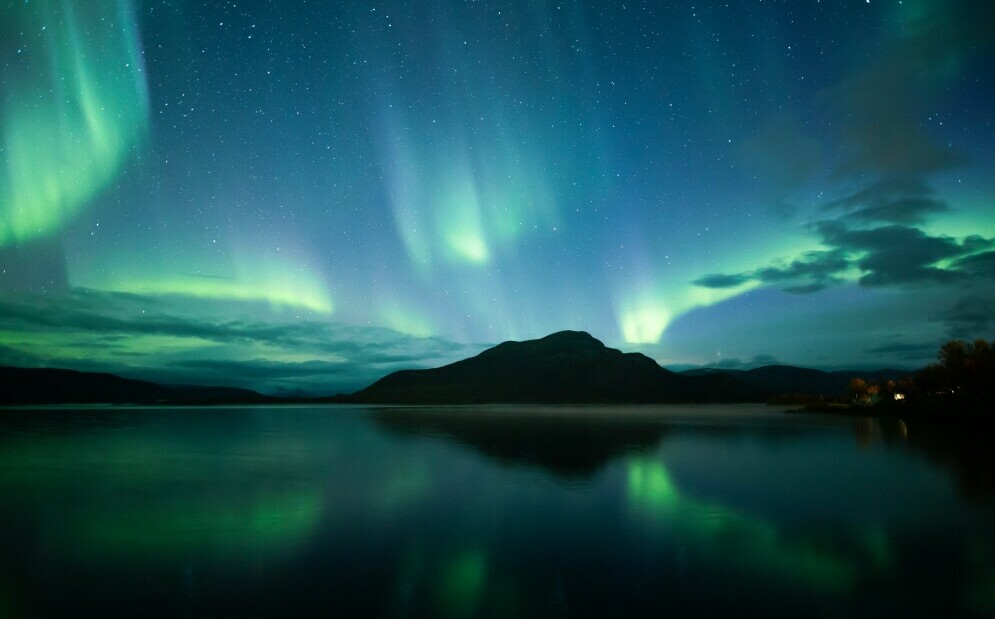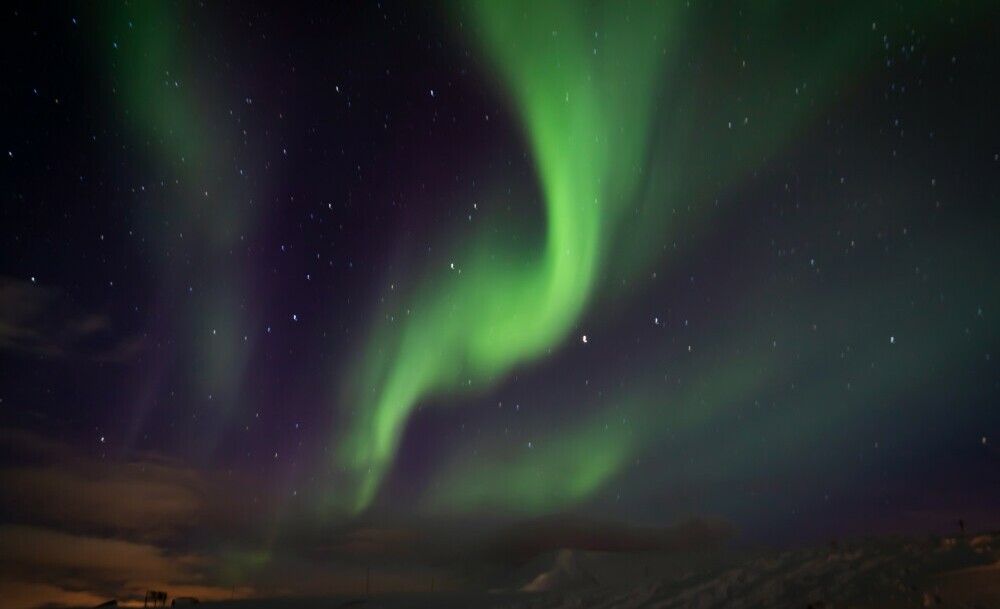 Johny Goerend. (2020) the Northern Lights Norway [Photograph]. Unsplash.
Johny Goerend. (2020) the Northern Lights Norway [Photograph]. Unsplash.
Imagine a world where curtains of color dance across the night sky, painting it with green, purple, and pink hues. If you’re lucky to witness the aurora borealis, you’ll experience one of nature’s most awe-inspiring spectacles. Visible in high-latitude regions like Scandinavia and Canada, this celestial ballet isn’t just a feast for the eyes—it’s a source of wonder and the inspiration behind numerous ancient myths and legends of the Northern Lights.
For centuries, cultures worldwide have looked at the sky and woven extraordinary stories about the aurora. From the Sami people of Northern Europe, who listened to the whispers of the Aurora, to the Inuit of North America, who saw playful spirits in the lights, nearly every indigenous community beneath the auroral ‘ring’ has its interpretation of this mesmerizing phenomenon.
This isn’t just about a beautiful natural occurrence; it’s a rich tapestry of human experience and imagination. The various myths and legends of the Northern Lights are testaments to our ancestors’ attempts to explain the world around them. From spiritual omens to the valiant dead of Norse lore, these stories reveal how ancient civilizations perceived the remarkable wonders of their world.
Spirits in the Sky: Indigenous Narratives
 Chris-Håvard Berge. (2020) the Northern Lights Norway [Photograph]. Unsplash.
Chris-Håvard Berge. (2020) the Northern Lights Norway [Photograph]. Unsplash.
The night sky in polar regions has long been a canvas for indigenous folklore. The mythology of the Northern Lights among native cultures is deeply rooted in spiritual and ancestral beliefs.
The Sami people, indigenous to the Sápmi region (Norway, Sweden, Finland, and Russia), believed that the aurora borealis was a visual marvel and an auditory phenomenon. Known as ‘Guovssahas’ in the Sami language, meaning ‘the light you can hear,’ the aurora was seen as a bridge between the living and the spirits of ancestors, whispering across the night sky.
In contrast, the Inuit of Arctic Canada and Greenland interpreted the Northern Lights as spirits engaged in a celestial soccer game, using a walrus skull as the ball. This captivating legend underscores their belief in an afterlife where the departed continued their earthly joys.
The Athabascan people of Alaska envisioned the aurora as the dance of animal spirits—caribou, seals, and salmon—symbolizing the eternal cycle of life and the deep connection between humans and nature. Such stories reflect spiritual beliefs and ecological wisdom that passed through generations.
These indigenous tales offer a profound insight into how the Northern Lights symbolize the interconnectedness of life, death, and the mysteries of the cosmos. Even as science explains the aurora’s origins, these myths continue to resonate, keeping ancient cultural traditions alive.
The Aurora in Norse and Greek Mythology
 Sami Matias. (2019) the Northern Lights [Photograph]. Unsplash.
Sami Matias. (2019) the Northern Lights [Photograph]. Unsplash.
Among the most famous myths and legends of the Northern Lights are those from Norse and Greek mythology.
In Norse mythology, the aurora was believed to reflect the Valkyries—warrior maidens who guided fallen warriors to Valhalla. The flickering lights were thought to be the glimmering shields and armor of these celestial beings as they rode across the sky, escorting the souls of the brave.
Meanwhile, the ancient Greeks and Romans associated the aurora borealis with their dawn goddess, Aurora (or Eos in Greek mythology). They believed these brilliant lights were her chariot’s first light, heralding the sun’s arrival. This interpretation imbued the aurora with a sense of renewal and hope, a stark contrast to the Norse view of it as a battlefield for warrior spirits.
The contrast in interpretations is striking: while Norse warriors saw the aurora as a symbol of courage and the afterlife, the Greeks viewed it as a peaceful omen of a new day. These myths highlight the human tendency to find meaning in natural wonders, shaping them according to cultural values and worldviews.
What the Lights of the North Symbolize Today
 Hyunwon Jang. (2019) the Northern Lights Norway [Photograph]. Unsplash.
Hyunwon Jang. (2019) the Northern Lights Norway [Photograph]. Unsplash.
While modern science attributes the aurora to the interaction between the Earth’s magnetic field and solar particles, the folklore of the Northern Lights continues to influence art, literature, and cultural traditions worldwide.
Artists and authors frequently draw inspiration from the aurora, using its ethereal glow to symbolize mystery, transformation, or connection to the divine. Filmmakers often use the lights as a backdrop to evoke a sense of wonder or otherworldliness.
Moreover, the mythology of the Northern Lights plays a role in tourism and education. Travelers from around the globe embark on Northern Lights tours, eager to witness the lights and immerse themselves in the legends surrounding them. Indigenous communities often share their traditional stories, ensuring these myths remain alive for future generations.
Exploring the aurora’s scientific and mythical aspects gives us a deeper appreciation of how the Northern Lights have shaped human imagination over centuries. Though science explains their physical origins, the myths and legends of the Northern Lights enrich our experience, adding layers of meaning that transcend time.
So, the next time you gaze at the swirling green and violet hues in the night sky, take a moment to reflect on the stories whispered through generations. Whether you see spirits at play, warrior maidens riding, or a goddess ushering in a new day, you are part of a timeless human tradition—finding meaning in the magnificent lights of the North.
Disclaimer: The Northern Lights is a natural phenomenon, and sightings cannot be guaranteed.
For additional blogs, please visit: https://northernlightsshuttertech.com/
(This post contains affiliate links. If you make a purchase, I may receive a small commission at no cost to you )

